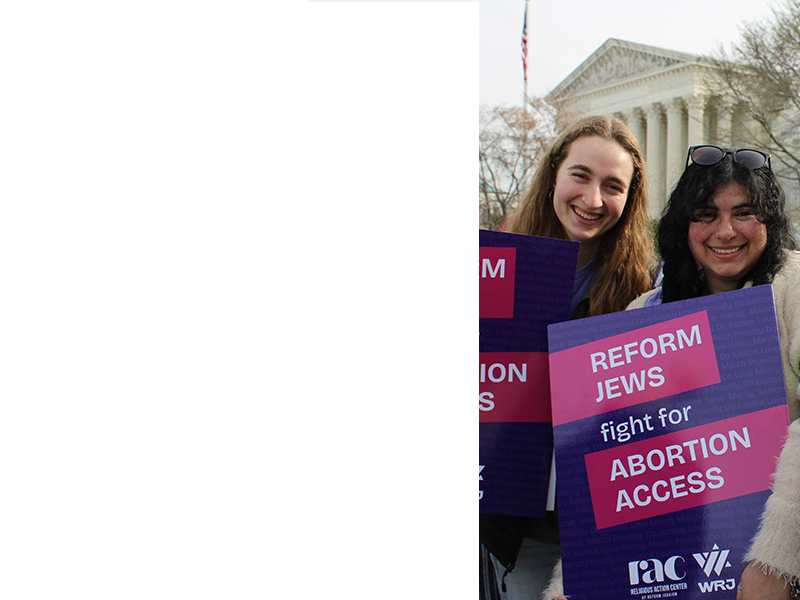Community Contact Information:
Temple Israel
Tulsa, OK
www.templeisraeltulsa.com
Goals:
• Provide gifts for less fortunate children and families.
• Engage congregants in Matanot LaEvyonim - the traditional mitzvah of giving to those in need on Purim.
Overview: In keeping with the mitzvah of Matanot LaEvyonim, congregants took part in a gift-giving program to benefit children from families in crisis.
Preparation:
The social action committee contacted a local organization that deals with families in crisis and asked them to provide a list of children in need, including: recipients’ names, ages, and gift requests. The committee members designed a large-scale wall poster depicting Haman. Hamantaschen-shaped gift tags with recipient information are placed into Haman's pockets, which are attached to the poster. Different colored tags represented different price ranges. Gift givers were given the opportunity to choose the price range and the type of gift they wanted to give based on gender, age, price range, and category of gift. The committee promoted the program by sending fliers home with religious school students. Haman was put on display during a time when students were picked up from religious school, to ensure maximum participation.
Project Implementation:
Participants picked one of Haman's “pockets” to find a gift request, which they purchased and wrapped. The gift-givers used the hamantaschen as the tag for the gift, and delivered the gift to a collection box at the synagogue. A member of the social action committee collected the gifts and delivered them to the family assistance organization, which distributed the gifts to the recipients.
Results:
Child recipients of the Matanot LaEvyonim were given something they wished for, but might otherwise not have received. Congregants feel good about giving a present which will be highly appreciated to someone who they might never meet. Children in the giving family were empowered to choose a gift for someone close to their own age. By promoting the program through religious school, the program engaged children and families and highlighted the similarities between gift givers and recipients.

